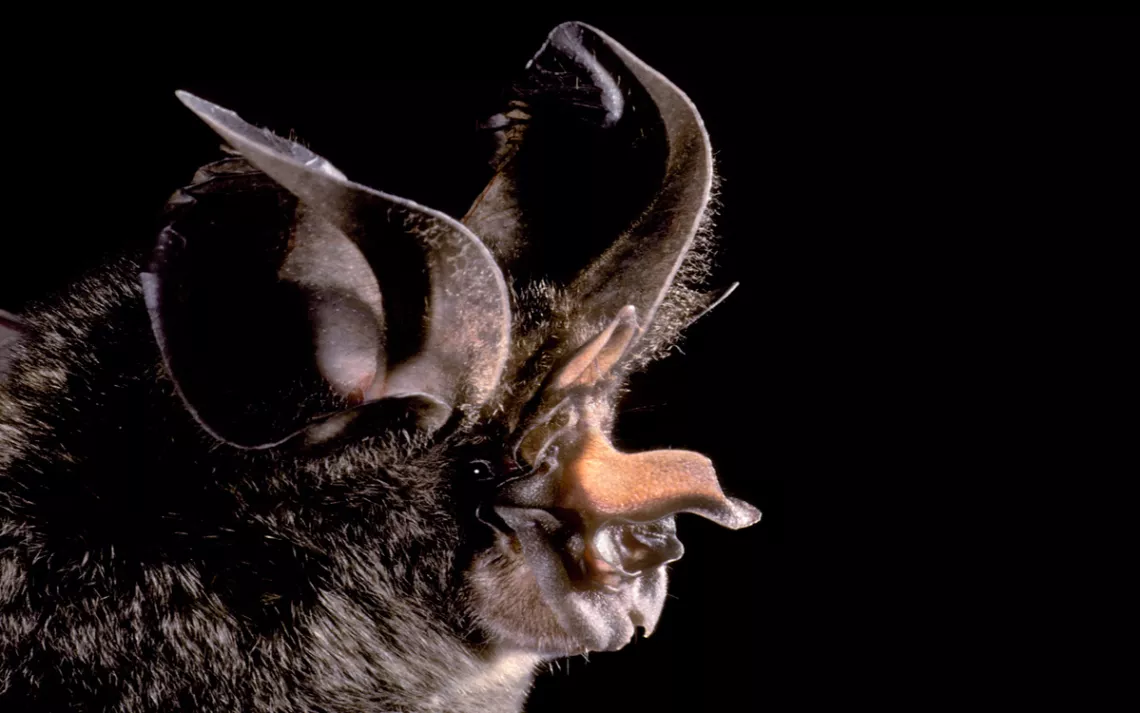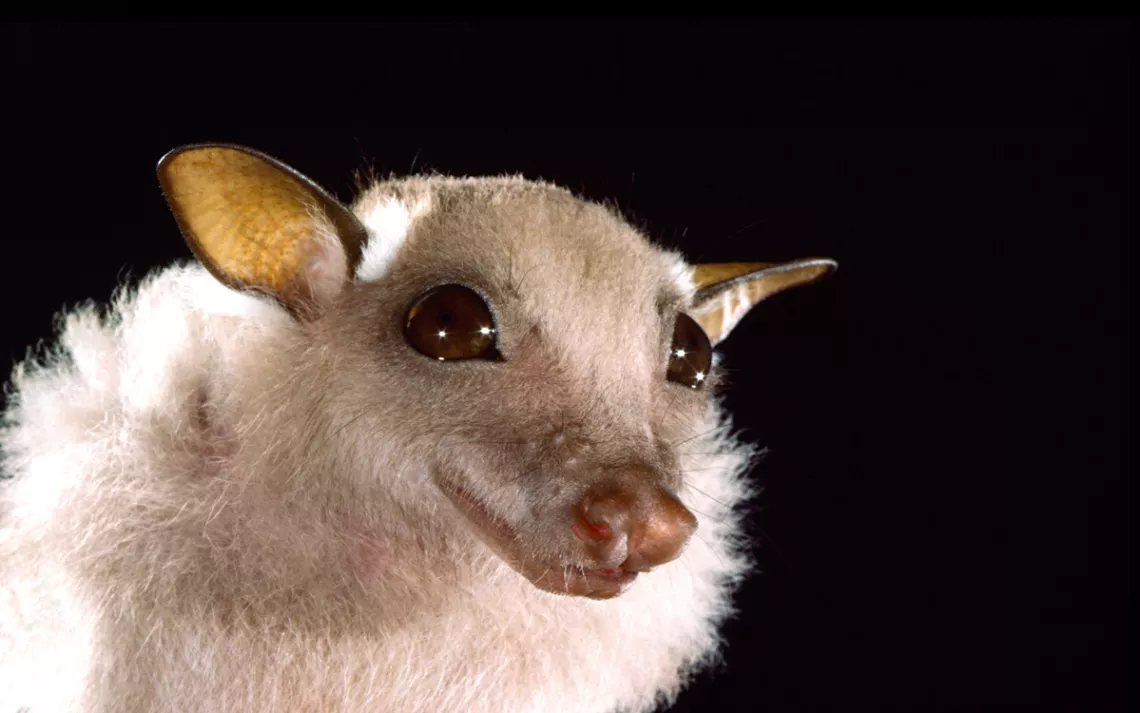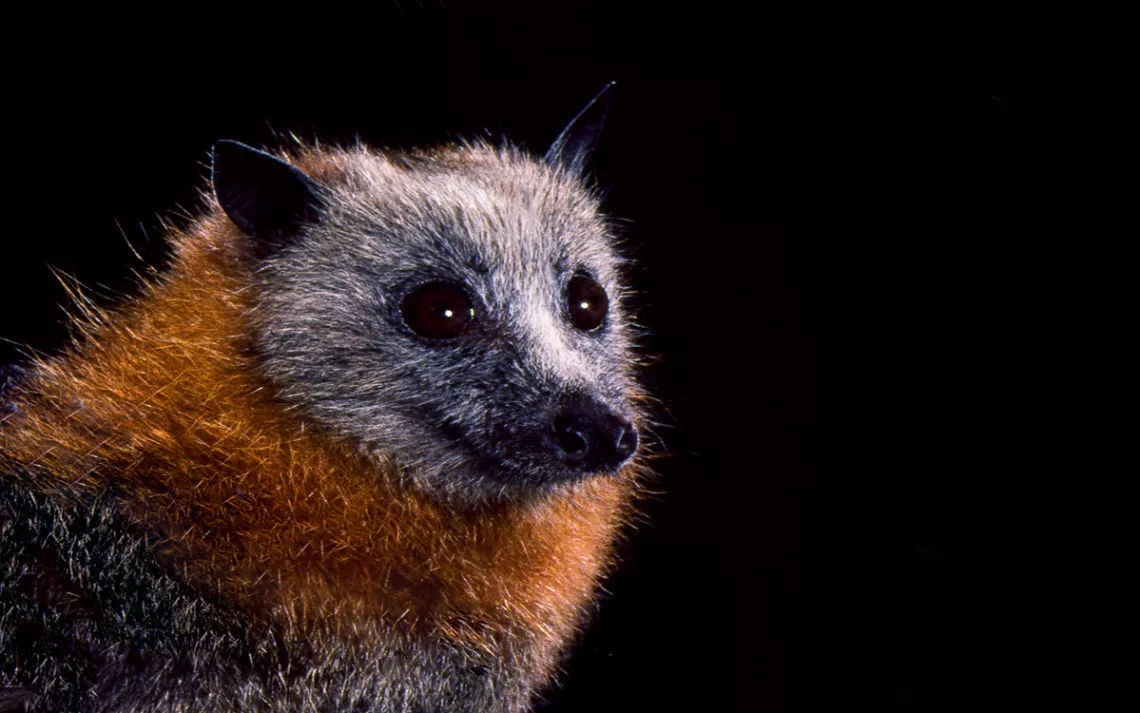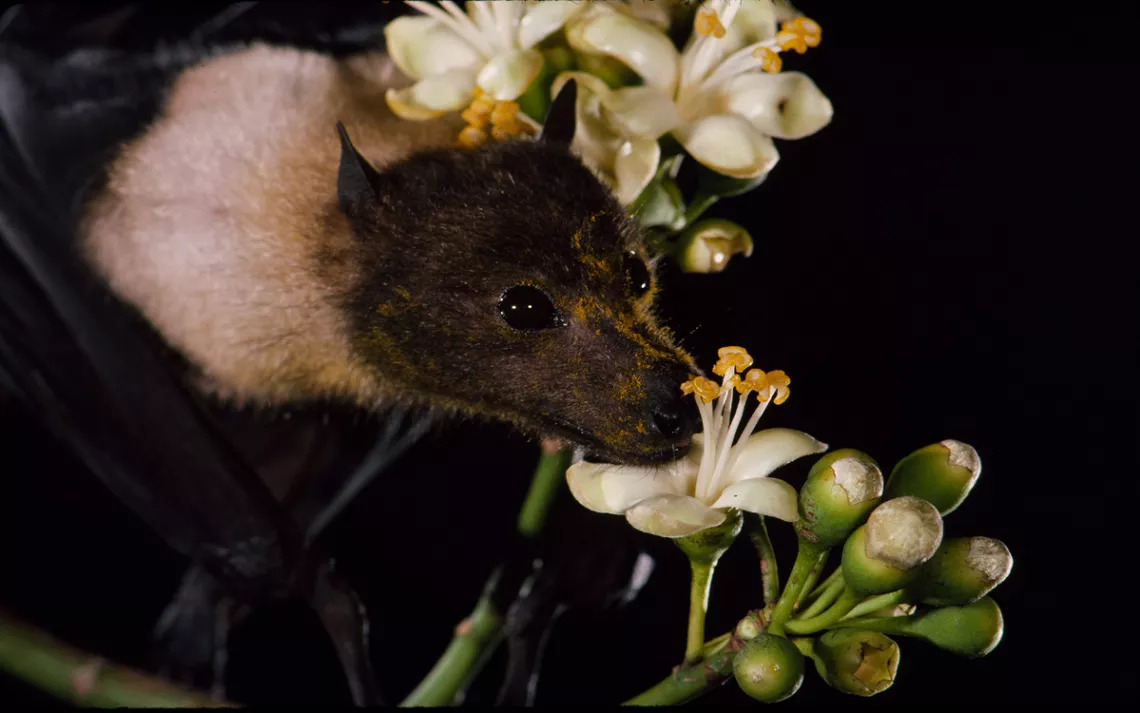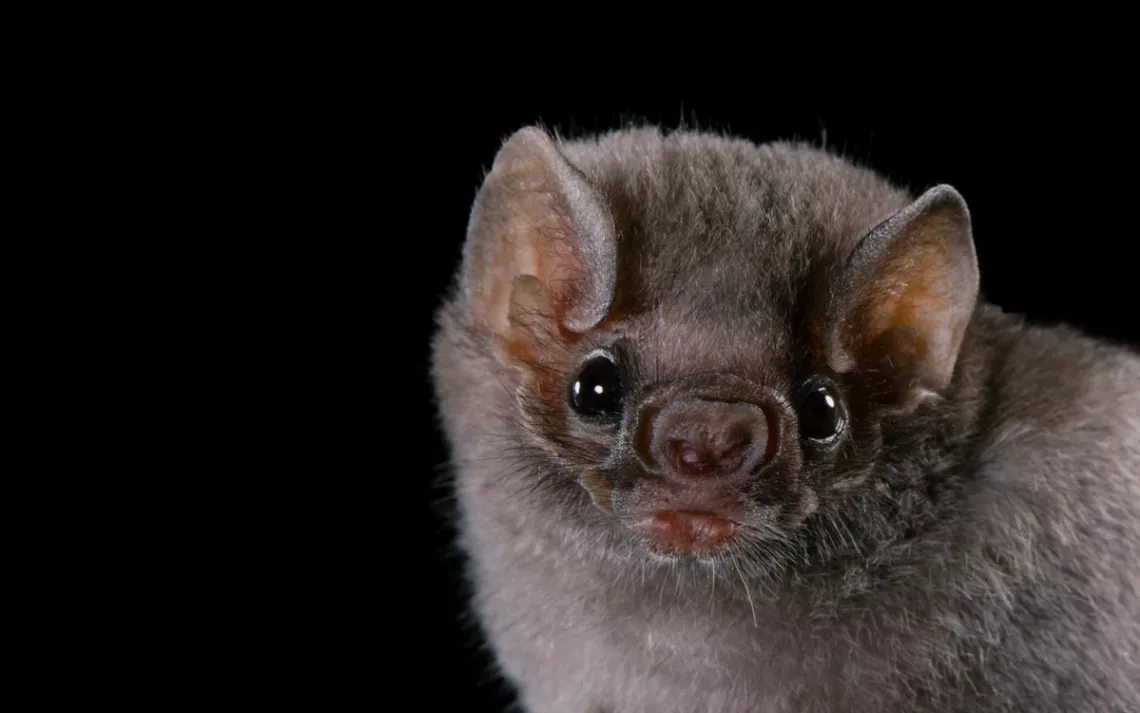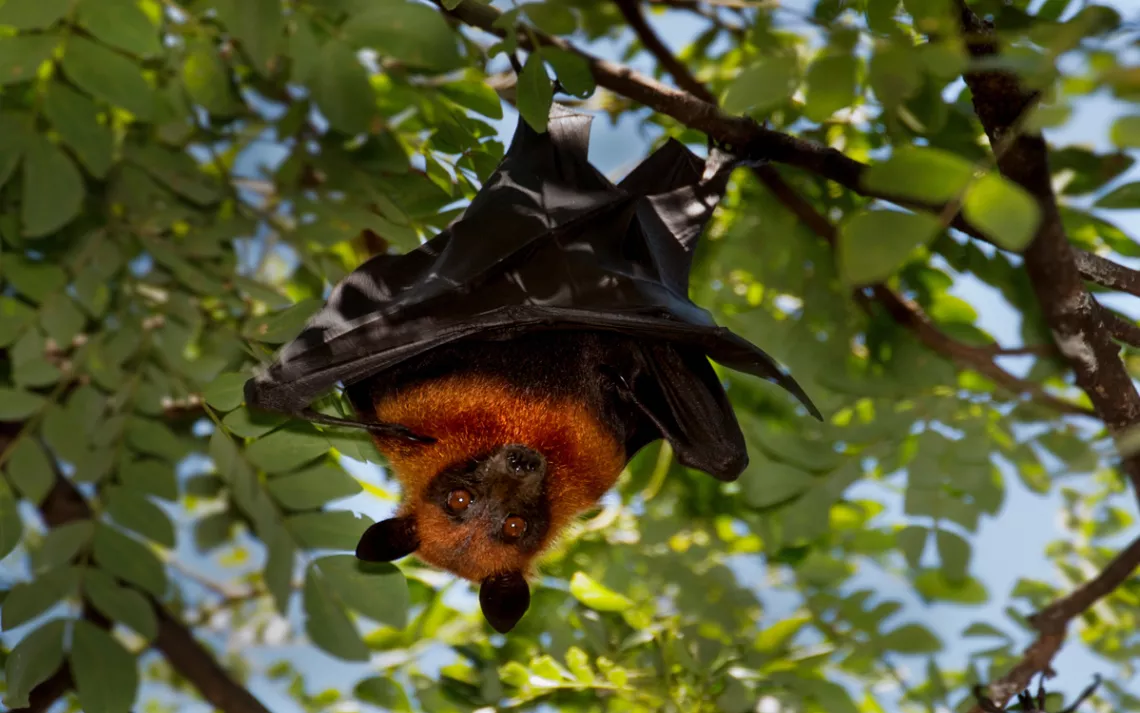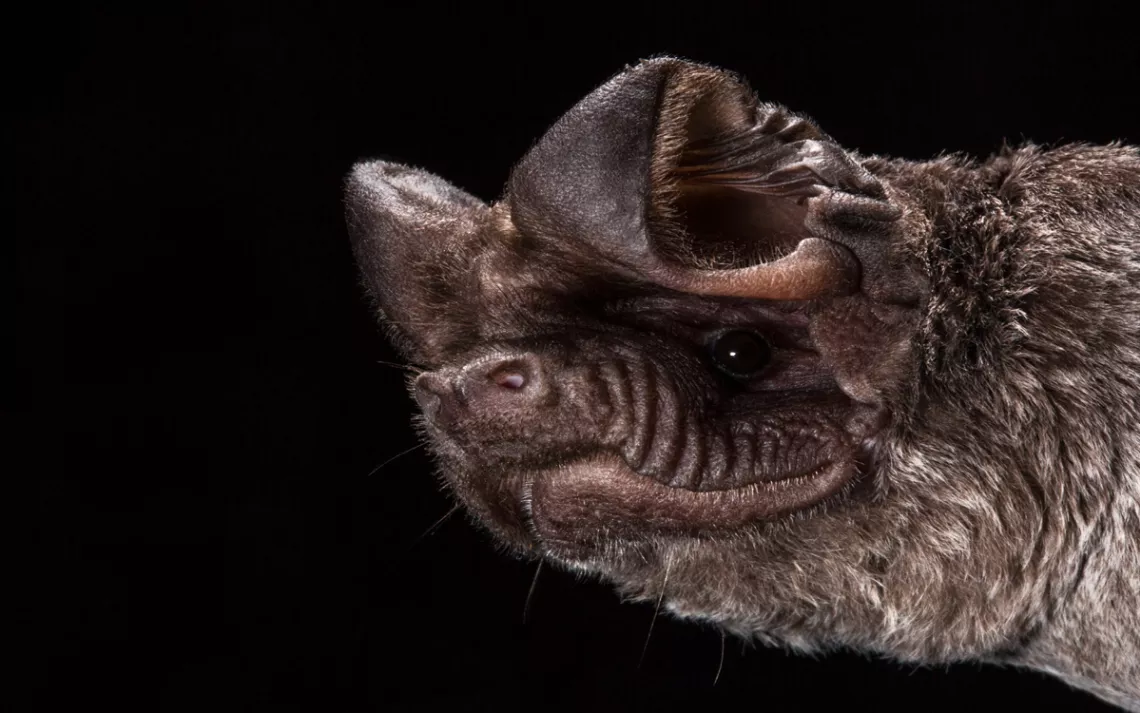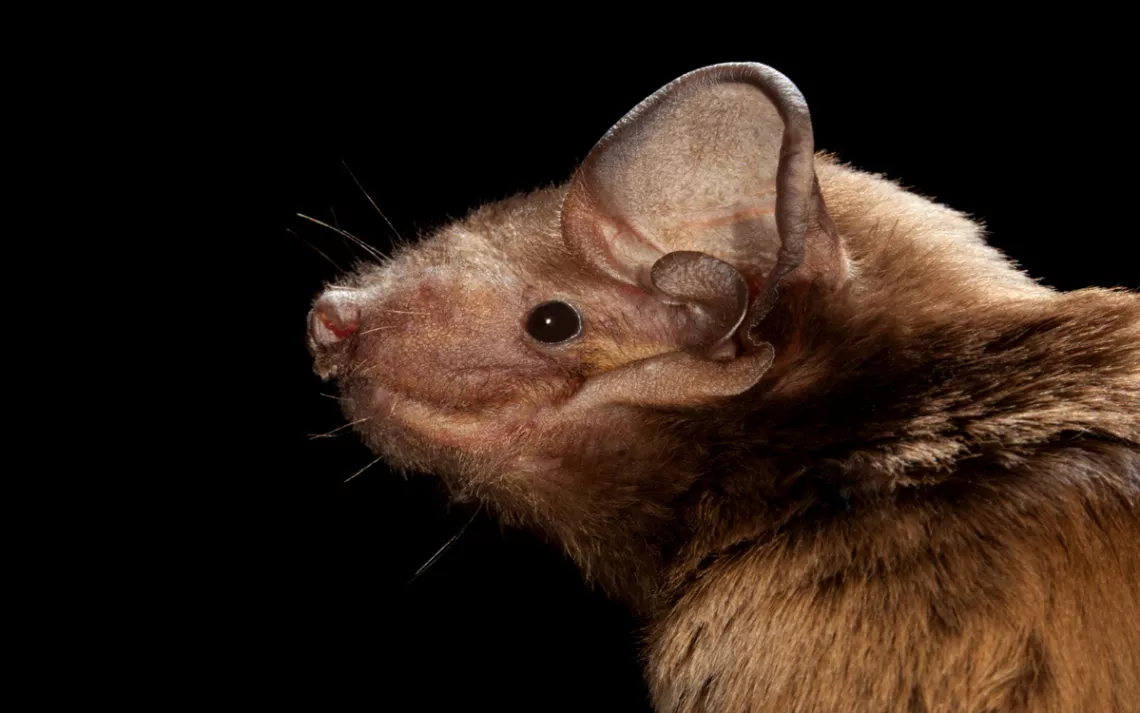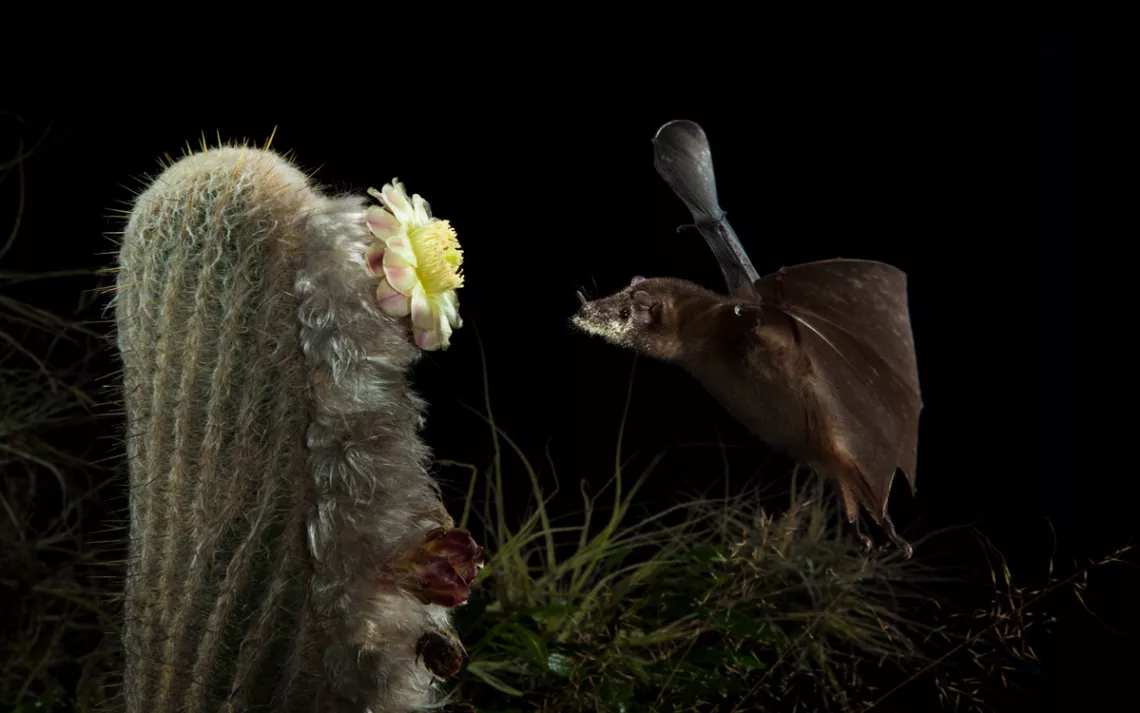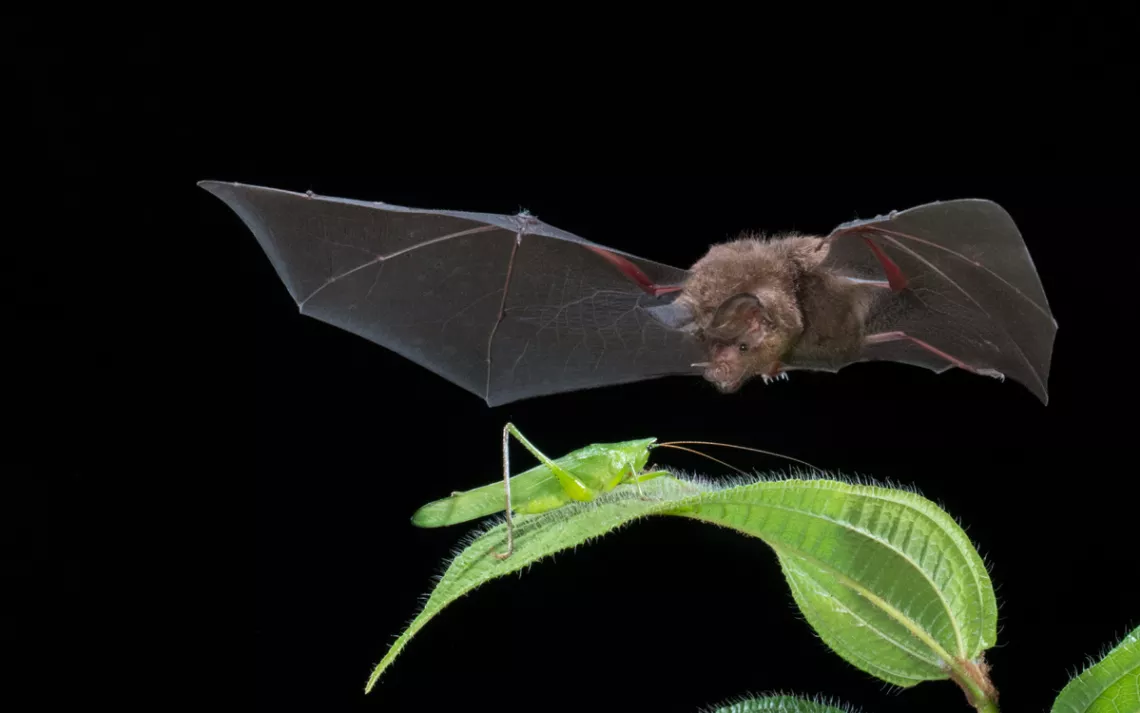Batman Forever: An October Slideshow
Veteran bat biologist and photographer Merlin Tuttle captures the stigmatized species in action. | All photos by Merlin Tuttle
As many among the world’s foremost wildlife photographers will attest, there’s a big difference between knowing how to take a good picture and knowing how to photograph a bat. “The trick is knowing the bats well enough to get them to cooperate in the right times and right places,” says bat ecologist, conservationist, and photographer Merlin Tuttle.
The plan for Tuttle wasn’t originally to become a bat photographer. In 1974, he completed a PhD thesis on the population ecology and migration of gray bats. Based on several academic papers he’d published, the National Geographic Society in 1977 tapped Tuttle to write a chapter on bats and their habitats for the first edition of the coffee-table book Wild Animals of North America. Once the book was in its layout stages, Nat Geo invited Tuttle into the office to check it out. The sight dismayed him.
“All the pictures were of snarling bats!” says Tuttle, who says that even sick bats rarely bite unless handled carelessly, but that because they’re so hard to capture on camera in flight, photographers often try to grab and hold them or rush up to them before they fly away. “The first thing it’ll do is snarl out of fear—just like when you corner a dog—and it thinks it’s about to be beaten.” So Tuttle explained to the editor that this was a “completely unnatural” misrepresentation—more bad PR for the underdog species so often unjustly blamed as dangerous spreaders of ebola, rabies, and other dangerous diseases, and of course, associated with morbidity and the netherworlds.
“Bats are really a lot more complex and intelligent than we give them credit for—they have great memories, form long-term friendships, adopt orphans, and share information,” explains Tuttle. “So I told him, if you tried to put pictures of snarling anything else in there, the public would complain.” Sympathizing with Tuttle, the editor offered to send a seasoned Nat Geo staff photographer out into the field with Tuttle to capture better bat pictures.
But after six weeks, that photographer—whose work Tuttle admired greatly—had only three shots that were usable for the book. “When he left, he left all his extra film with me to see if I could get some good pics, and I ended up being the second-most-used photographer in the book,” says Tuttle, who credits his then-nascent wildlife photography prowess to an adolescence spent practicing falconry. “You learn to develop trust and confidence with a hawk, and you train them to come on call for rewards—that clued me in as to what to do with my bats.”
Soon thereafter, National Geographic’s photo editor asked Tuttle to travel to Mexico's Gulf of California to take a photo of a fishing bat catching or eating a fish. “I knew this would be a difficult shot, especially since they didn’t loan me any of their expensive, high-speed flashes. So before going down there I practiced dialing down flashes to shoot at a tiny fraction of normal power, and throwing socks through an infrared beam to see if I could stop the speed and get my light ratios right.” By the time he got down to Mexico, Tuttle had the camerawork figured out. But once he captured the bats for his shoot, he couldn’t get the gentle creatures to take their rewards: minnows he'd caught from where they’d been feeding. That’s when Tuttle learned that successful bat shoots require patience and establishing comfort and trust. It's why before getting out his camera, he sometimes hangs his subjects on his shirt and walks around with them—in that case for hours on end. “After they finally get used to me, they’ll take their rewards.”
Eventually, Tuttle came up with techniques for expediting the process, and he now does his shoots within a collapsible traveling studio he decorates to simulate various bat habitats. He even developed an ability to capture high-speed photography of bats flying through beams of light carrying fish and frogs and, before too long, became proficient in training bats to come on call to any specific location, which requires, he says, an ability to cluck softly to call them. “You develop a knack for picking the bats with the personalities that are gonna do what you want to do sometimes,” adds Tuttle, who over the past several decades has taken roughly 150,000 photos of more than 300 bat species, in every habitat where they exist worldwide—including the woolly bats living in Bornean pitcher plants, East African epauletted fruit bats in Kenya, Panamanian frog-eating bats, and nectar bats pollinating agave flowers in Oaxaca. Tuttle is quick to note that sometimes his subjects train him. “A tiny woolly bat that learned to eat mealworms from my hand, within 48 hours of being with me, figured out that all he had to do to coax another mealworm was to fly up and bump me in the nose.”
When not traveling the world in the name of bat conservation and photography, Tuttle can often be found taking pictures beneath his hometown’s bat hotspot—the Congress Avenue Bridge in Austin, Texas. Still, he maintains that his skills are no better than those of other leading wildlife photographers. “I’ve just learned how to relate to bats and treat them well, and they return the favor. So, I’m able to show off some really magnificent animals who often are terribly persecuted.”
In 1982, Tuttle took his mission further by founding Bat Conservation International, an international NGO working to conserve the world’s bats and their habitats. More recently, he’s dedicated himself to Merlin Tuttle’s Bat Conservation, through which he not only raises funds and awareness for bats, but also allows anyone who agrees to help conserve bats to sign on as a “bat fan.” Bat fans agree to fight back against bad bat press; for instance, by organizing to write responses to editors and authors of published stories containing "exaggerated speculation" about how scary bats are. “This makes much more of a difference than just hearing complaints from a few scientists,” Tuttle explains. And they are allowed to download Tuttle’s photography for free, for use in teaching others how to appreciate bats as "safe and invaluable neighbors." He notes, “Those pictures don’t come easily, but too many other people’s pictures of snarling bats are a horrible threat to the future of bats. I’m devoted absolutely to conserving bats, and I know as a biologist that we need them badly.” Bats, after all, are pollinators, seed-spreaders, and pest-controllers, and function as “indicator species,” meaning changes in their populations indicate important changes in other aspects of biodiversity.
This October, Tuttle invites Sierra readers to click through some favorite photos from his long and storied career (captions contain his own explanations for how exactly each was captured)—and to sign on as bat fans. Additional details about how Tuttle photographs bats can be found here.
 The Magazine of The Sierra Club
The Magazine of The Sierra Club
